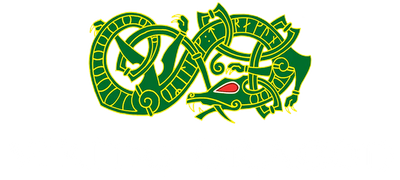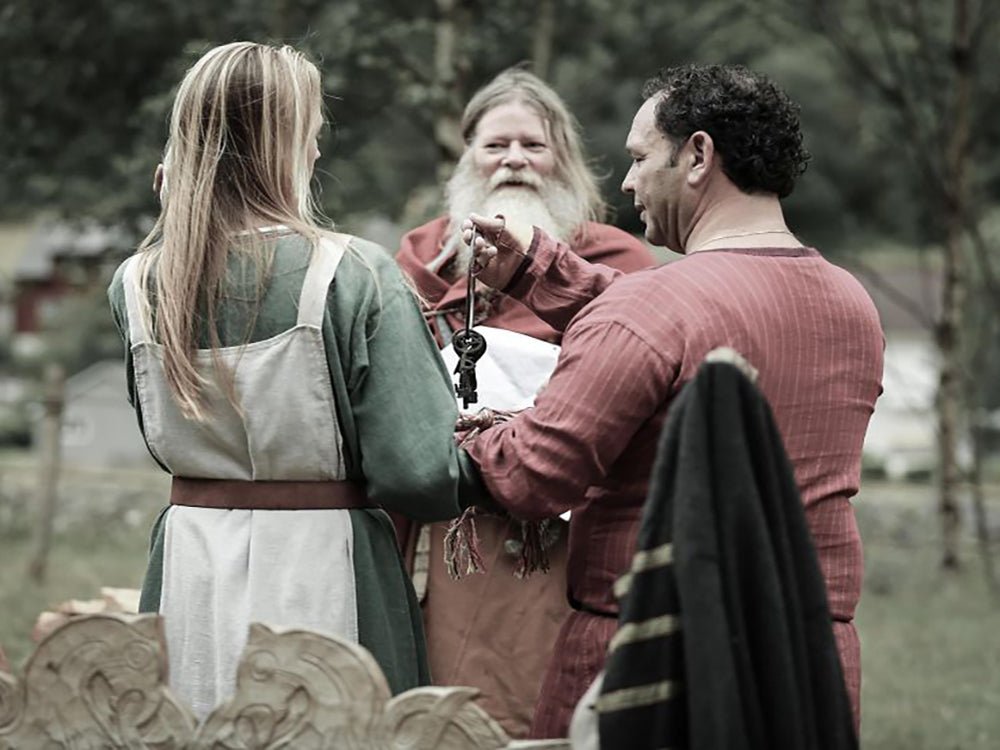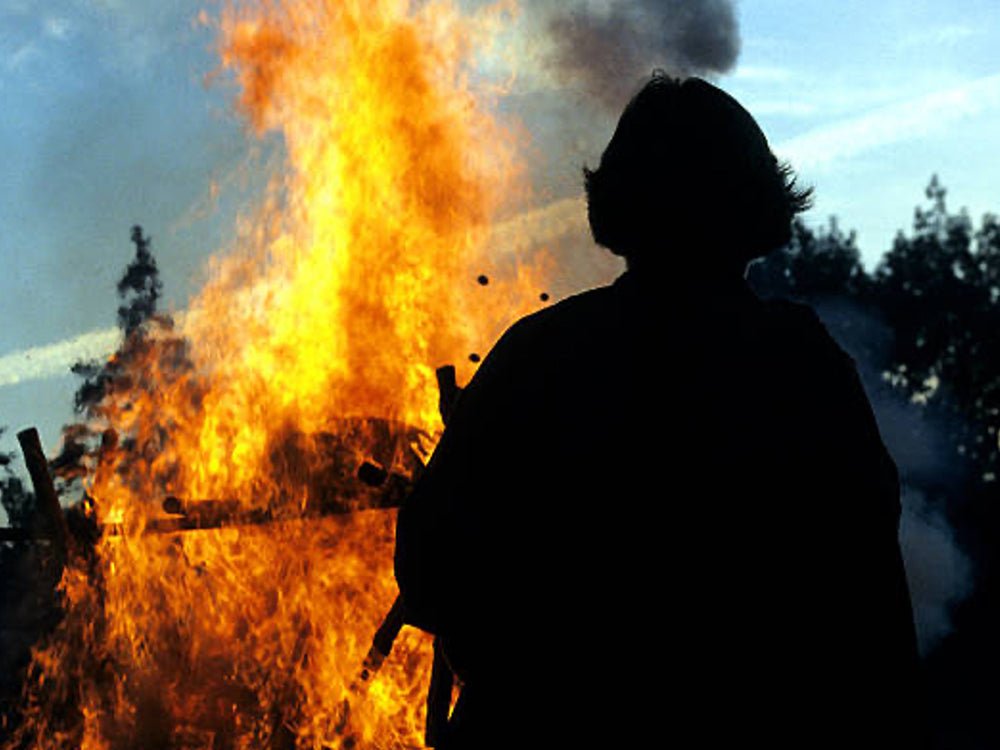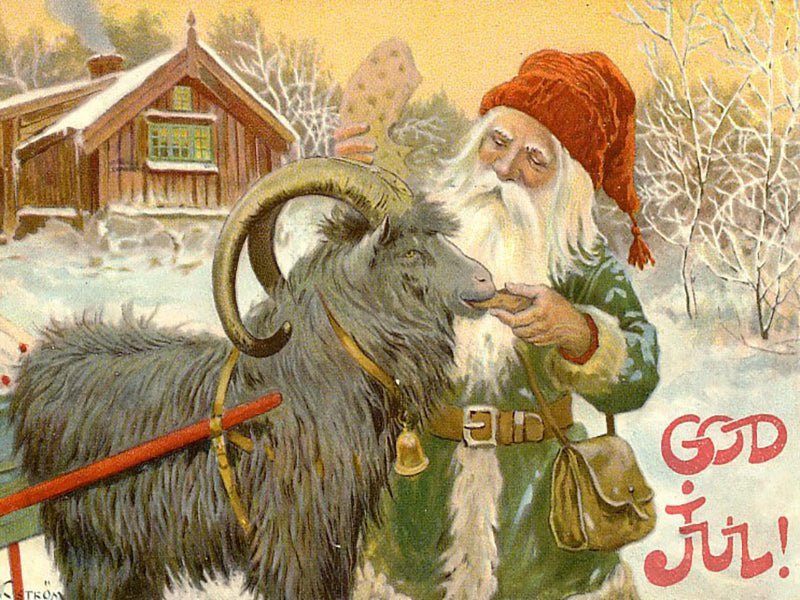
Viking weddings are making a comeback. Many modern couples who dream of a back-to-basics ceremony are choosing outdoor handfasting ceremonies, attended only by their nearest and dearest, over a big white wedding in a church. But how close are the modern Viking-inspired weddings to how real Medieval Scandinavians tied the knot? Let’s peel back the veil of history and see how Vikings chose a partner, prepared for marriage and celebrated their big day. While there’s a lot to take inspiration from for your rustic, woodland wedding-day, there might be some aspects that you choose to leave out too.
Finding a Partner
During the Viking era, marriage was about making advantageous unions between families or groups and providing a framework for having children, with love barely factoring into the equation. Most marriages were arranged by the couple’s families. A would-be bride would have her husband decided for her by either her father or her brother, and the law did not require her to consent to the match. That being said, it was good practice for a father to allow his daughter some say over whom she married. Common wisdom had it that a wedding with a reluctant bride would not lead to a happy marriage, and even if Viking marriages were more about politics than love, most fathers still wanted their daughters to be happy.
With the marriage arranged, it was time for the bride and groom’s families to get down to business. No matter how enthusiastic the participants, a marriage wasn’t legally binding without a bride price paid to the wife’s family and a dowry paid to the husband’s family. Though the bride price (also known as Mundr) was dependent on how much the groom could pay, there was a legal minimum of 8 ounces of silver in Iceland and 12 ounces in Norway. This ‘poor man’s price’ ensured that a man had the funds to support his future wife and children and covered the loss of a free worker on the bride’s family’s land. The dowry was usually a larger sum, which the husband was expected to keep in trust to support his wife and to ensure that she would have enough to live on if he passed away.
Planning the Wedding
A lot of logistics went into planning a Viking wedding and there could be years between the initial betrothal and the wedding day. If the engaged pair were a noble couple living in faraway Iceland, preparation for their wedding could require several trips back and forth to the Scandinavian heartland to gather food, fabrics and, of course, guests.
Weddings were typically held in the late summer or autumn so that enough food was available for a bountiful wedding feast and so that guests would be able to travel easily overland. Though weddings always began on Friday in honour of the Goddess Frigg, they could sometimes last up to a whole week, so gathering enough food for all the guests was no mean feat. There would also have to be enough mead to go around, so getting married in early autumn meant that the entire Spring and Summer’s honey harvest could be poured into the guests’ merriment.

Preparing from Marriage
In the days before the ceremony, the soon-to-be bride would go to the bathhouse with her married female friends and relatives to be thoroughly cleansed in preparation for the big day and instructed on her duties as a married woman. During this time she’d need to get a new wardrobe, as clothes were important in denoting whether a woman was married or unmarried. Particularly important was the removal of her ‘kransen’, a circlet worn by unmarried girls, which would be carefully wrapped cloth to keep for her future daughter.
The groom also had his own pre-wedding rituals. He and his friends would go to the graveyard, break into a family tomb and acquire a sword to be used in the wedding ceremony. During this highly symbolic action, the groom entered the grave as a boy and re-emerged as a man. Before the wedding, the groom’s party would sacrifice a goat to ask Thor for a happy and fruitful marriage. The goat’s blood was also kept to be used during the wedding.
The Wedding Day
Finally, the big day arrived. Unlike modern weddings, Vikings didn’t place much importance on what the bride and groom wore to the ceremony. For women, the hairstyle was far more significant than the dress. Since married women either tied up or covered their hair, her wedding day was the last opportunity for a bride to wear her hair long and loose. Brides wore a wedding crown, usually made of silver and decorated with crystals and red and green silk cords, on top of luscious, flowing locks. Poorer women who couldn’t afford such finery would weave their crown out of hay and dried flowers.
One of the most important parts of the ceremony was the sword exchange. Using an heirloom from the bride’s side and the sword that the groom had stolen from a family grave just nights before, the two would exchange their weapons, with rings resting on the tip. The sword exchange represented the two sides of the family coming together to protect one another: the groom would protect the bride, and in turn, her father would transfer his protection of his daughter onto her new husband.
Another key aspect, which is often incorporated into modern Viking-inspired weddings, was the handfasting ceremony. Here, the bride and groom’s hands were tied with ribbons or cords as they exchanged their vows, symbolising the entwining of their two lives. This tradition gives us the modern saying ‘tying the knot.’ Finally, the blood from the previously sacrificed goat was splattered over the wedding party using birch twigs. It probably comes as no surprise to hear that this is one element of the Viking wedding ceremony which isn’t making a comeback.
With the ceremony done, the feast would begin. The banquet centred around either a hog or fish roast and was supplemented with whatever produce was seasonally available at the time of the wedding. And of course, mead flowed freely. The newlyweds would drink mead from the same horn, symbolising unity, all the while the bride held a representation of Thor’s hammer in her lap as an omen of fertility.

Married life begins…
In the first few weeks of married life, it was customary for a new husband and wife to drink mead together every day to get to know each other. After all, if Viking fathers acknowledged that it was probably better for their daughter to at least like their chosen groom before betrothal, it seemed logical that the path to a happy marriage should probably begin with the new couple spending some time together. It’s thought that this tradition gives us the phrase 'honeymoon.’
And if the marriage didn’t go well? Divorce was always an option for Viking couples, and unlike most Medieval societies around Europe, women could freely choose to divorce their husbands. All she had to do was call a witness to her home and declare in front of them that she wanted a divorce, and that was that. The marriage contract already outlined how their property should be split up if the union came to an end.
(For Viking Weddings in the UK then we recommend Anne-Marie from 'Our Freya's Day' https://www.ourfreyasday.co.uk/Weddings.aspx, offering beautiful bespoke Viking weddings).




